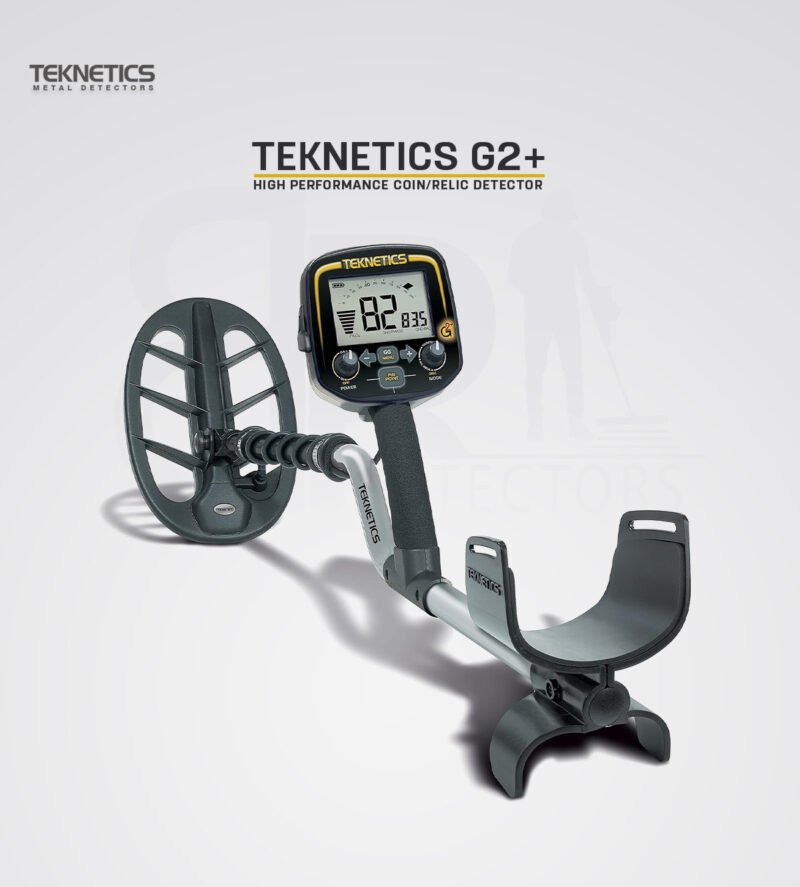When it comes to treasure hunting, few questions spark more curiosity than whether a Very Low Frequency (VLF) metal detector can actually find gold. For many hobbyists and prospectors, the dream of unearthing a golden nugget pushes them to explore different machines and technologies. While professional gold detectors exist, they often carry a hefty price tag. VLF detectors, on the other hand, are more affordable and widely used. But how do they perform when it comes to gold detection?
Understanding How VLF Technology Works
A VLF detector operates by transmitting a low-frequency electromagnetic field into the ground. When this field interacts with metallic objects, it creates a secondary field that the detector picks up. The beauty of VLF technology is its ability to discriminate between metals, allowing users to filter out unwanted targets like nails, bottle caps, or aluminum foil.
However, the challenge with gold is its conductivity. Pure gold has a relatively low electrical conductivity compared to silver or copper. This means a VLF machine may not always register gold strongly unless the nugget is sizable and close to the surface. That being said, with proper settings and the right search coil, VLF detectors are capable of detecting smaller targets, including small gold jewelry and nuggets.
Why Gold Detection Is So Challenging
Gold prospecting presents unique challenges because of soil mineralization. Many gold-bearing areas are rich in iron minerals that interfere with detection. VLF machines are particularly sensitive to this, leading to ground noise and false signals. While advanced VLF detectors can compensate for mineralization with ground balance controls, they still lag behind Pulse Induction (PI) machines in extreme conditions.
That doesn’t mean VLF is useless for gold. In areas with mild to moderate mineralization, they can perform surprisingly well. In fact, many prospectors begin their journey with a good-quality VLF before moving to specialized gold machines.
The Role of Pinpointers in Gold Hunting
Even if your VLF machine picks up a target, locating it precisely can be tricky. That’s where a Pinpointer comes in handy. Pinpointers are small handheld detectors designed to zero in on the exact location of your find once you’ve dug a plug of soil. They save time, reduce frustration, and ensure you don’t accidentally damage a valuable target while digging. For gold hunters, a pinpointer is practically an essential accessory.
Spotlight on the Teknetics G2
One of the most talked-about VLF detectors for gold is the Teknetics G2. This machine is built with sensitivity in mind, particularly for small and low-conductivity targets like gold nuggets. The G2 operates at a frequency of 19 kHz, which gives it an edge in picking up smaller gold compared to standard coin-shooting detectors.
Prospectors appreciate the G2 for its lightweight build, intuitive interface, and excellent ground balance features. While it’s not a substitute for a high-powered PI detector in heavily mineralized gold fields, it remains a solid choice for those who want to try their luck with gold hunting without investing thousands of dollars.
Real-World Experiences With VLF Detectors and Gold
Many hobbyists report mixed results when using VLF detectors for gold. On the positive side, small nuggets have been found at shallow depths in riverbeds, dry washes, and areas where gold was historically worked. Jewelry hunters also swear by VLF machines for picking up lost gold rings and bracelets on beaches and in parks.
On the downside, results vary widely depending on soil type, gold size, and the detector model. Beginners sometimes mistake hot rocks or mineralized soil for gold signals, which can be discouraging. The key is patience, practice, and learning your detector’s language. Every beep and tone provides a clue about what lies beneath.
VLF vs Pulse Induction: What’s the Difference?
Pulse Induction detectors are often considered the gold standard for gold hunting because they handle mineralization far better than VLF machines. They send powerful pulses into the ground, making them effective in difficult terrains. However, they tend to be heavier, more expensive, and less effective at discriminating between metals.
VLF detectors, meanwhile, shine in versatility. They’re excellent for coin shooting, relic hunting, and casual prospecting. While they may not penetrate as deeply in mineralized soils, they are still capable of rewarding finds, particularly with models like the Teknetics G2.
Tips for Using VLF Detectors to Find Gold
If you’re serious about trying to find gold with a VLF detector, there are some tips worth following:
-
Choose the right frequency: Higher frequencies (15–20 kHz or above) tend to be more sensitive to small gold.
-
Master your ground balance: Adjusting for soil conditions can make the difference between false signals and a real find.
-
Use smaller coils: Small coils are better for picking up tiny nuggets and navigating rocky terrain.
-
Hunt in the right places: Research historic gold fields, riverbanks, and dry creek beds where gold is more likely to be present.
The Bottom Line
So, can a VLF treasure detector really find gold? The answer is yes—with limitations. While they may not outperform specialized gold detectors in every condition, VLF machines like the Teknetics G2 have proven that they can locate small nuggets and gold jewelry under the right circumstances. Pairing your detector with a reliable pinpointer only makes the process more efficient.
For beginners and enthusiasts on a budget, starting with a quality VLF is a smart way to get into gold hunting. With patience, practice, and the right tools, you just might hear that exciting signal that leads to a glittering surprise in the dirt.




